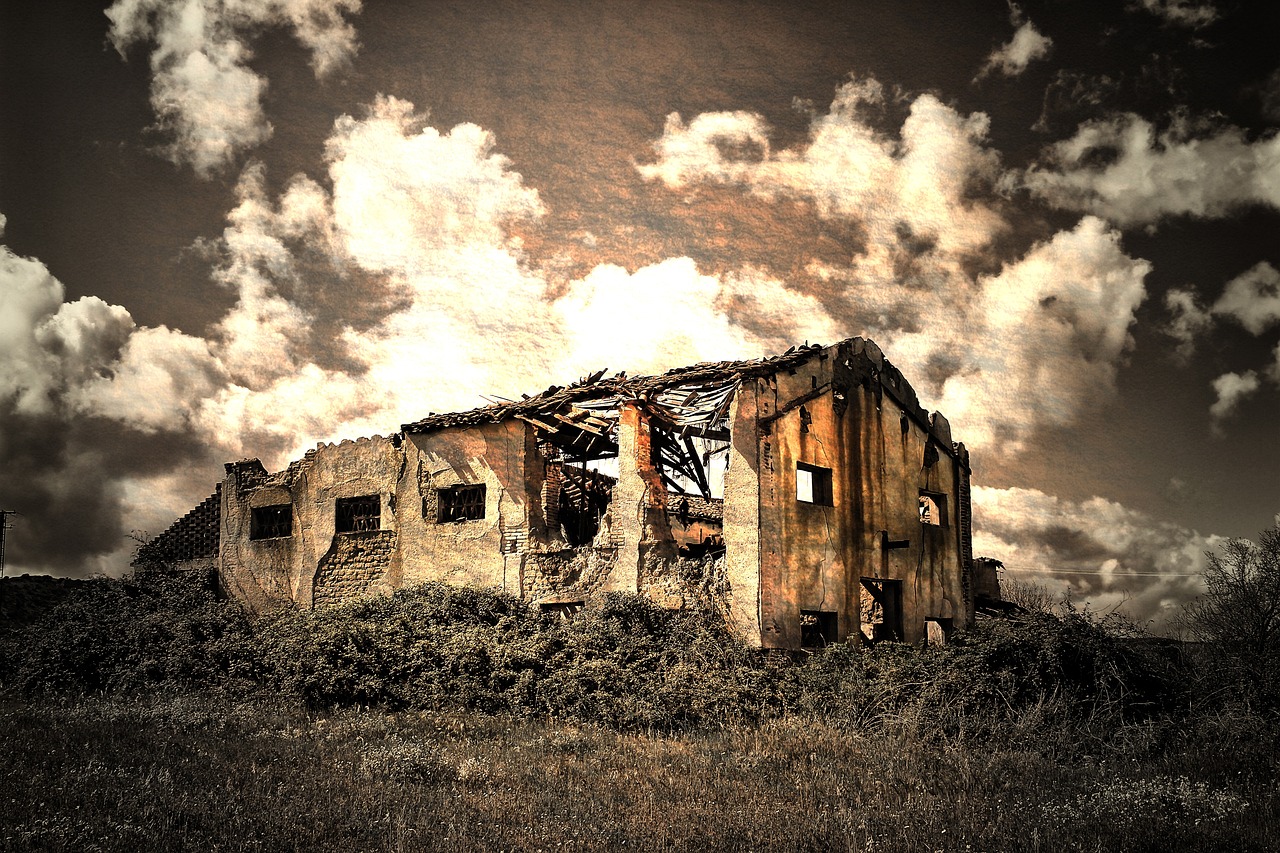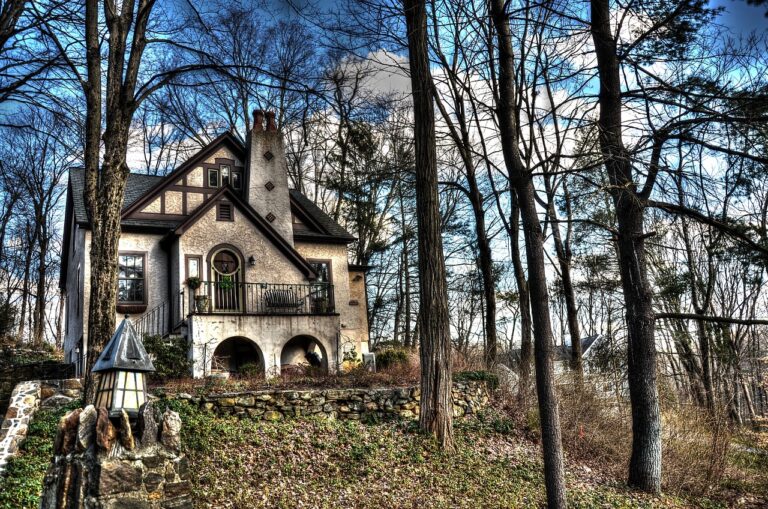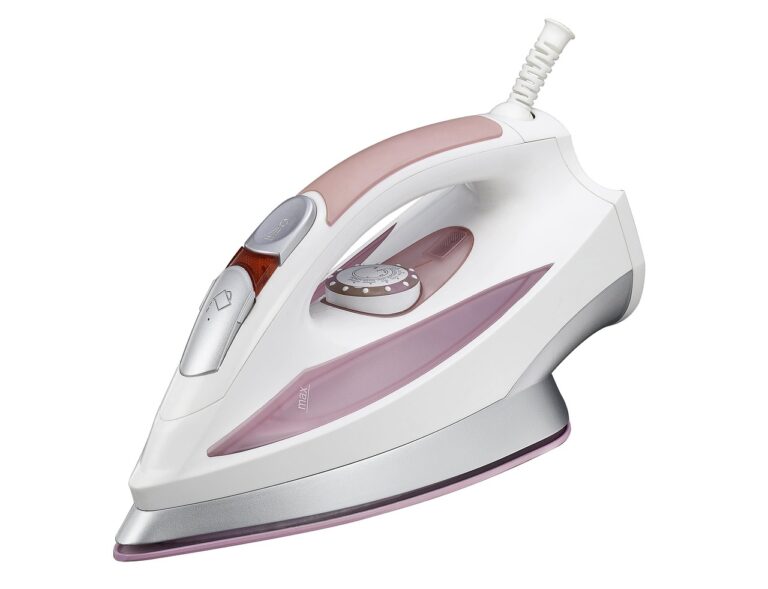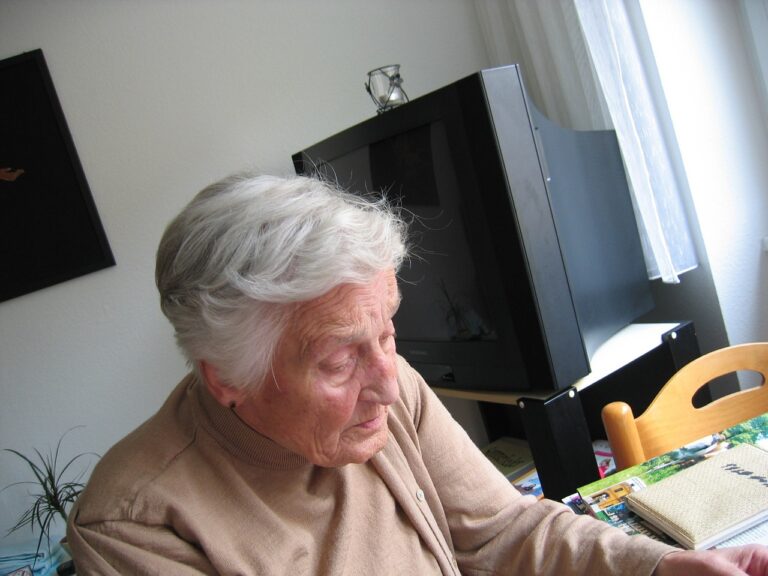Balancing Warmth and Ventilation in Fireplace Design: Betbook250, Anna 247 login, Yolo247 login app
betbook250, anna 247 login, yolo247 login app: Fireplaces are a classic and cozy addition to any home. Not only do they provide warmth during the colder months, but they also add a touch of ambiance and comfort to any living space. However, when it comes to fireplace design, finding the right balance between warmth and ventilation is crucial.
Choosing the right fireplace design can help you achieve the perfect balance between warmth and ventilation in your home. Let’s delve into some tips and tricks for achieving this balance:
1. Selecting the Right Size: One of the most important factors in achieving a balanced fireplace design is choosing the right size for your space. A fireplace that is too large for a room can quickly become overpowering and produce excessive heat. On the other hand, a fireplace that is too small may not provide enough warmth. Consider the size of your room and the heating needs of your home when selecting a fireplace.
2. Opt for Efficient Ventilation Systems: When it comes to ventilation, efficiency is key. Choose a fireplace design that includes a well-designed ventilation system to ensure that smoke and gases are properly expelled from your home. Proper ventilation not only improves air quality but also helps maintain a comfortable temperature in your living space.
3. Use a Fireplace Insert: If you already have a fireplace but are looking to improve its efficiency, consider adding a fireplace insert. Fireplace inserts are designed to fit into your existing fireplace and can help improve heating efficiency and ventilation. They also come in a variety of styles, allowing you to customize your fireplace design to suit your home decor.
4. Consider the Fuel Type: The type of fuel you use in your fireplace can also impact the balance between warmth and ventilation. Wood-burning fireplaces are classic and provide a cozy ambiance, but they may require more ventilation to prevent the buildup of smoke and gases. Gas fireplaces, on the other hand, are cleaner burning and may require less ventilation. Consider your preferences and heating needs when selecting a fuel type for your fireplace.
5. Positioning and Air Flow: Proper positioning of your fireplace and ensuring good air flow are essential for maintaining the right balance of warmth and ventilation. Make sure that your fireplace is placed in a location that allows for efficient heat distribution throughout your home. Additionally, ensure that there is proper air flow around your fireplace to prevent overheating and maximize ventilation.
6. Regular Maintenance: Finally, regular maintenance of your fireplace is essential for achieving a balanced design. Make sure to clean your fireplace regularly, check for any blockages in the ventilation system, and ensure that all components are in working order. Regular maintenance will help your fireplace operate efficiently and safely.
FAQs:
Q: How can I tell if my fireplace is producing too much heat?
A: If your room becomes uncomfortably warm or if you notice excessive sweating, your fireplace may be producing too much heat. Consider reducing the size of your fire or adjusting the ventilation to achieve a more balanced design.
Q: What should I do if I notice smoke coming into my home from the fireplace?
A: If you notice smoke entering your home from the fireplace, it may be a sign of poor ventilation. Check for blockages in the chimney or flue and ensure that your fireplace is properly ventilated. If the issue persists, consult a professional for further assistance.
Q: Can I improve the ventilation in my fireplace without major renovations?
A: Yes, there are several ways to improve ventilation in your fireplace without major renovations. Consider adding a chimney cap to prevent downdrafts, using a fireplace insert to improve airflow, or adjusting the damper to allow for better ventilation.
In conclusion, achieving the right balance between warmth and ventilation in fireplace design is essential for creating a comfortable and inviting living space. By considering factors such as size, ventilation systems, fuel type, positioning, and maintenance, you can create a fireplace design that is both functional and aesthetically pleasing. Remember to prioritize safety and efficiency when designing your fireplace to ensure a cozy and comfortable home environment.







